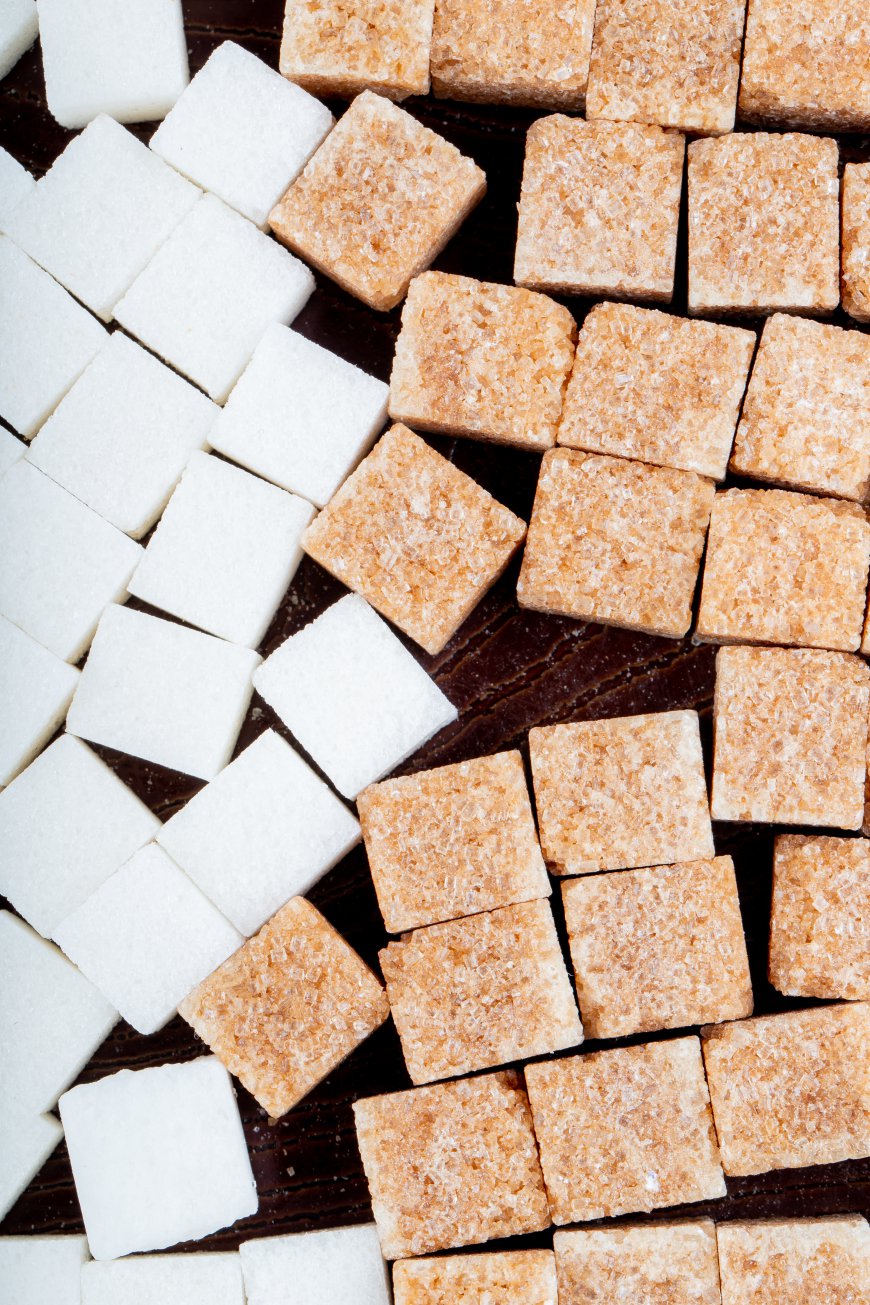peel and stick brick tile
Peel and stick brick tiles provide a versatile, cost-effective, and easy-to-install option for those looking to add the beauty of brick to their home without the hassle of traditional brickwork.

Peel and stick brick tiles are becoming a popular choice for homeowners and renters alike due to their convenience, affordability, and stylish appeal. These tiles provide a hassle-free way to achieve a brick wall look without the need for heavy construction work. Whether you are updating a kitchen backsplash, creating an accent wall in your living room, or refreshing a bathroom space, peel and stick brick tiles offer a versatile and DIY-friendly option.
Algohar World natural salt lamps that are believed to provide various benefits, combining both the aesthetic appeal and the potential health advantages associated with Himalayan salt lamps.
What Are Peel and Stick Brick Tiles?
Peel and stick brick tiles are thin, adhesive-backed panels designed to mimic the appearance of traditional brick walls. They are typically made from materials like vinyl, resin, or a combination of real brick veneer and adhesive layers. These tiles offer the texture and warmth of real brick while being significantly easier to install and maintain.
Unlike traditional bricks that require mortar and extensive labor, peel and stick tiles can be applied directly to smooth surfaces. This makes them a popular choice for DIY projects, especially for those who want to avoid the cost and time associated with hiring a professional.
Types of Peel and Stick Brick Tiles
There are different varieties of peel and stick brick tiles on the market, offering options based on material, texture, and design. The most common types include:
Vinyl Peel and Stick Tiles: These are lightweight and flexible, made from PVC or similar materials, offering an affordable and easy-to-install solution.
Brick Veneer Peel and Stick Tiles: Made from real brick or stone veneer, these tiles provide a more authentic, textured look.
3D Peel and Stick Tiles: With a thicker design and raised texture, these tiles aim to replicate the tactile experience of real brick walls.
Each type comes with its unique benefits and installation requirements, so it’s essential to choose the one that best fits your needs and aesthetic preferences.
Advantages of Peel and Stick Brick Tiles
Choosing peel and stick brick tiles for your home comes with a variety of benefits. Below are some of the primary reasons why homeowners are increasingly opting for these tiles:
Easy Installation
One of the most significant advantages of peel and stick tiles is their ease of installation. Unlike traditional brick, which requires professional masonry work, these tiles can be installed by anyone with basic DIY skills. The adhesive backing means there’s no need for mortar, grout, or specialized tools, making the entire process quick and clean.
Affordable Alternative to Real Brick
Peel and stick tiles offer a cost-effective solution for those who love the look of brick but can't afford the expense of real brick installation. Real brick installation involves not only the cost of materials but also significant labor costs. With peel and stick options, you can achieve a similar aesthetic at a fraction of the price.
Lightweight and Versatile
Because peel and stick brick tiles are much lighter than real brick, they can be used in a wider range of spaces. For example, you can apply them on drywall, wood, or even over existing tiles. This versatility allows you to get creative with how and where you use them, from accent walls to kitchen backsplashes.
Installation Guide for Peel and Stick Brick Tiles
Installing peel and stick brick tiles is a straightforward process that can be completed in just a few hours, depending on the size of your project. Here's a step-by-step guide to help you get started:
Wait: peel and stick brick tile are an innovative design solution that combines the aesthetic appeal of brick with the wellness benefits of Himalayan salt.
Prepare the Surface
It’s essential to start with a clean, smooth surface. Any dust, dirt, or grease can prevent the adhesive from sticking properly. Wipe down the wall with a mild detergent and allow it to dry completely.
Measure and Plan
Measure the area where you plan to apply the tiles, ensuring that you purchase enough material to cover the entire surface. Mark a straight guideline using a level to ensure that your first row of tiles is aligned properly. This step is crucial for avoiding uneven or crooked installations.
Cut the Tiles
Use a utility knife or scissors to cut the tiles to fit around edges, corners, or outlets. Most peel and stick tiles are easy to cut, making this a manageable task even for beginners.
Apply the Tiles
Starting from the bottom or from a corner, peel off the backing and press the tile firmly onto the wall. Apply pressure evenly to ensure a secure bond. If you want extra security, you can add a layer of adhesive or double-sided tape, though this is usually not necessary with high-quality tiles.
Conclusion
Peel and stick brick tiles provide a versatile, cost-effective, and easy-to-install option for those looking to add the beauty of brick to their home without the hassle of traditional brickwork. Whether you’re a homeowner looking for a permanent design upgrade or a renter seeking temporary decor, these tiles offer endless possibilities to transform any space. With proper installation and care, peel and stick brick tiles can provide the look and feel of real brick for years to come.

 Tagxa1122
Tagxa1122